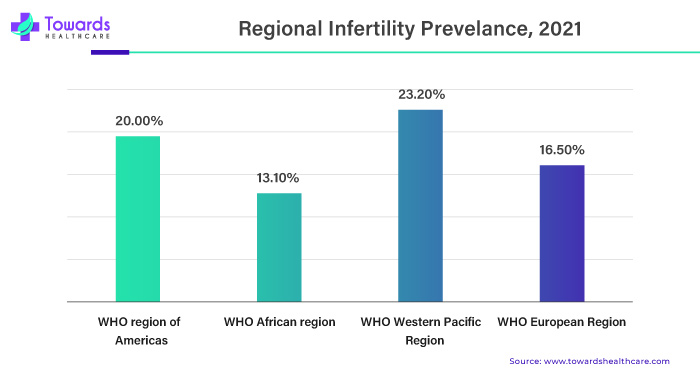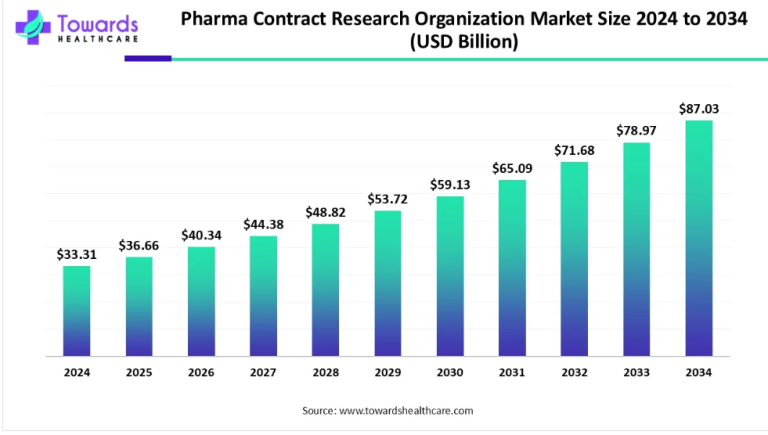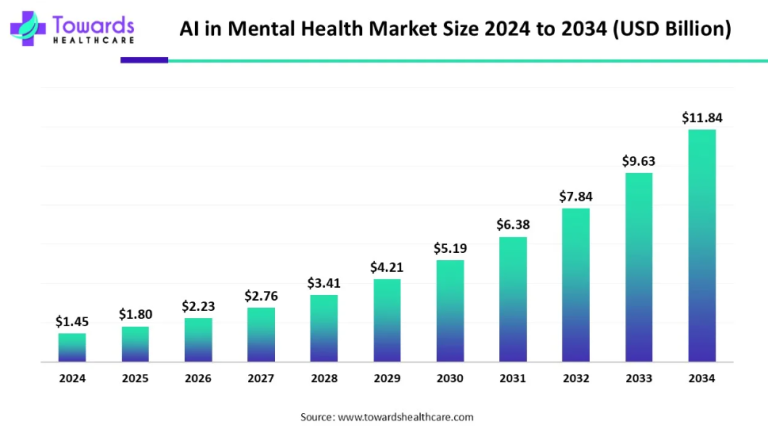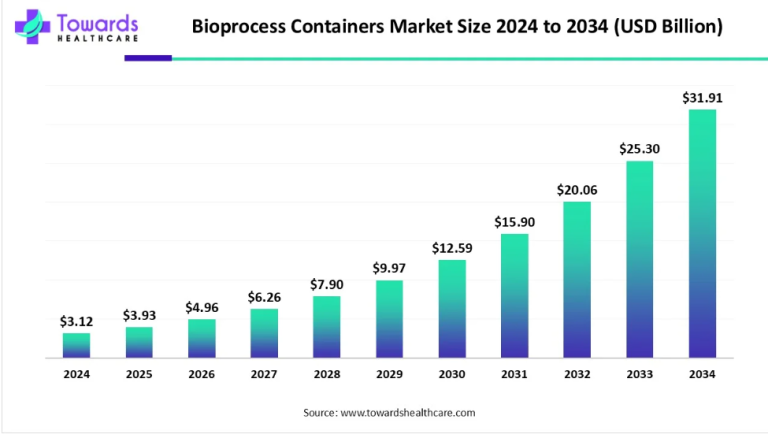
The landscape of infertility treatment varies significantly across different regions. This article delves into the geographical nuances of the infertility treatment market, focusing on North America and the Asia-Pacific region.
North America: A Hub of Innovation and Accessibility
1. The Influence of Healthcare Policies and Insurance Coverage
In North America, the landscape of infertility treatment is intricately linked with healthcare policies and insurance coverage. While the specifics may vary from state to state and province to province, efforts are consistently made to enhance accessibility and affordability of fertility care. Legislative initiatives and advocacy campaigns play a pivotal role in shaping this landscape, aiming to bridge gaps in coverage and ensure equitable access to treatment options.
2. Urban Centers: Hubs of Advanced Reproductive Technology
Major cities like New York, Los Angeles, Chicago, and San Francisco stand out as epicenters of fertility care in North America. Renowned for their plethora of fertility clinics and state-of-the-art reproductive technology centers, these urban hubs attract patients not only from within the country but also from around the globe. The availability of advanced treatments such as in vitro fertilization (IVF), intrauterine insemination (IUI), and genetic screening procedures contribute to their appeal as sought-after destinations for individuals seeking infertility treatment.
3. Technological Innovation and Patient-Centered Care
The geographical landscape of infertility treatment in North America is characterized by a strong emphasis on technological innovation and patient-centered care. Fertility clinics and healthcare providers continually strive to integrate cutting-edge technologies and evidence-based practices into their services, ensuring the highest standards of care for patients. This commitment to innovation fosters an environment conducive to breakthroughs in reproductive medicine, offering hope to individuals and couples facing infertility challenges.
4. Access Across Geographical Regions
One notable aspect of North America’s infertility treatment landscape is its geographical diversity in access to fertility services. While major urban centers boast a plethora of options, efforts are underway to improve access in rural and underserved areas. Telemedicine and mobile fertility clinics are emerging as solutions to bridge the gap, bringing specialized care to remote regions and expanding the reach of infertility treatments across diverse geographical landscapes.
The Asia-Pacific Region: Bridging Urban-Rural Divides
1. Diverse Factors Shaping Accessibility
In contrast to North America, the Asia-Pacific region presents a landscape of infertility treatment influenced by diverse factors, including socioeconomic disparities and healthcare infrastructure. While urban centers often offer comprehensive fertility services, rural areas face challenges due to limited resources and healthcare facilities. This urban-rural divide underscores the need for targeted interventions to ensure equitable access to infertility treatments across all communities.
2. Addressing Healthcare Disparities
Efforts to address healthcare disparities in the Asia-Pacific region are multifaceted, encompassing initiatives to strengthen healthcare infrastructure, expand educational outreach, and improve affordability of fertility services. Collaborative endeavors between governmental agencies, healthcare organizations, and non-profit entities play a crucial role in fostering sustainable solutions to enhance access and utilization of infertility treatments.
3. Emerging Trends in Reproductive Medicine
Despite challenges, the Asia-Pacific region is witnessing notable advancements in reproductive medicine, driven by ongoing research and technological innovation. From novel fertility preservation techniques to enhanced embryo screening methods, these developments hold promise for expanding treatment options and improving outcomes for individuals and couples grappling with infertility.
4. Empowering Communities Through Education
Education and awareness initiatives are pivotal in empowering communities to make informed decisions about infertility treatment. By disseminating accurate information about fertility options, debunking myths, and promoting reproductive health literacy, stakeholders can foster a supportive environment where individuals feel empowered to seek help and access the care they need.
The geographical landscape of the infertility treatment market presents a complex tapestry influenced by factors ranging from healthcare policies and insurance coverage to technological innovation and socioeconomic disparities. While North America epitomizes a hub of innovation and accessibility, the Asia-Pacific region navigates challenges of urban-rural divides with a focus on equitable access and emerging trends in reproductive medicine. By understanding the nuances of these landscapes, stakeholders can collaborate to ensure that individuals and couples worldwide have access to comprehensive and compassionate infertility care.



